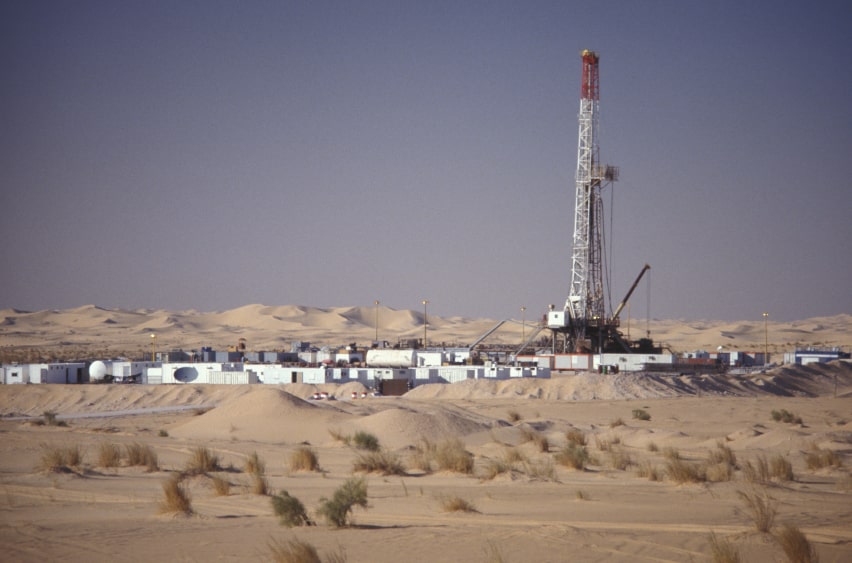The oil price downturn has had a significant impact on the land rig market, with global onshore drilling activity (including exploration and appraisal wells) having declined by 32% in 2015. Douglas-Westwood (DW) expects to see a further 21% decline in drilling activity in 2016, as operators adjust to a sustained low oil price environment. The increased pressure to reduce costs and maximise drilling efficiency has dictated developments within the market, not only in terms of the manufacturing and technology, but also in terms of the supply chain and competitive landscape.
Global Wells Drilled vs. Rigs Drilling
Source: World Land Drilling Rig Market Forecast 2016-2020
Recent technological developments, within the market, have been focused primarily on improving cost efficiency and safety levels in drilling operations. Notably, developments to the AC rig have focused on automatic processes designed to reduce the risk involved in the more hazardous aspects of the drilling operation. This includes the use of automatic catwalks and robotics on the platform to complete the lifting and welding of the well casing. Developments in pad drilling are expected to move away from reducing mobilisation time towards ensuring that drilling effectively targets the sweet spots, thereby reducing the cost per unit of production. In February 2016, Nabors and West Group also entered an agreement to develop continuous motion drilling rigs, further indicating the trend within the industry towards maximising cost efficiency in the challenging economic environment.
Given the focus within the industry on maximising drilling efficiency, high-specification, AC power rigs are expected to remain the unit of choice for the development of unconventional plays and EOR activity in regions such as Eastern Europe & FSU, Middle East and North America. In the downturn environment, contractors are also seeking alternative markets for their high-specification rigs. Notably, Helmerich & Payne moved a number of AC power units to the Vaca Muerta region in Argentina in 2015. Subsequently, DW expects the global number of >1,250HP rigs drilling to recover at 11% CAGR over 2016-2020, compared to 5% for <1,250HP rigs.
Sustained low commodity prices have also contributed towards the trend within the market towards outsourcing rig and crew services, as operators look to streamline their portfolios in order to reduce costs. Notably, the Chinese NOC CNPC announced in February 2016 that it was evaluating the prospect of an initial public offering (IPO) of its oilfield services business as part of its restructuring program. This follows moves by both Sinopec and CNOOC to spin off their oilfield services sector, highlighting the way in which companies are adapting to the challenging market conditions.
On this basis, the downturn environment is not only having an immediate effect on the land rig market, in terms of the levels of drilling activity seen, but is also shaping the underlying technological developments and evolution in the supply chain that will impact the market in the years to come.
Katy Smith, [email protected]
LinkedIn





